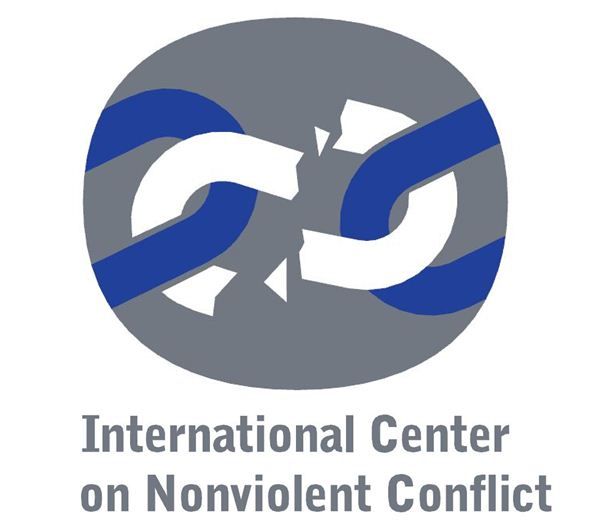After the Second World War Iranian moves towards electoral democracy were thwarted when the US and British intelligence services collaborated in 1953 to overthrow the elected prime minister Mohammed Mossadeq, who had nationalized the Anglo-Iranian oil company in 1951. The Shah had tried unsuccessfully to oust Mossadeq and had to flee the country, and the CIA was able to mobilize his supporters. The Shah returned to assert the dominance of the dynasty (founded in 1921 when his father had seized the throne). His regime was subsequently severely criticized for human rights violations.
The Shah’s authoritarian regime was overthrown in 1977-79 by impressive, predominantly nonviolent mass protests which showed that people power can prevail over regime brutality. Millions went on strike and filled the streets, and the resistance continued despite the shooting of thousands of unarmed protesters. This brutality led at the end of 1978 to a split in the armed forces, with the army deciding to stay in its barracks. A very wide range of groups with differing ideological perspectives took part in the mass strikes and demonstrations. But a key symbolic and organizing role was played by the exiled Ayatollah Khomeini, whose supporters were in due course able to seize power.










 The online version of Vol. 1 of the bibliography was made possible due to the generous support of the
The online version of Vol. 1 of the bibliography was made possible due to the generous support of the  The online version of Vol. 2 of the bibliography was made possible due to the generous support of
The online version of Vol. 2 of the bibliography was made possible due to the generous support of  esistance.info
esistance.info

